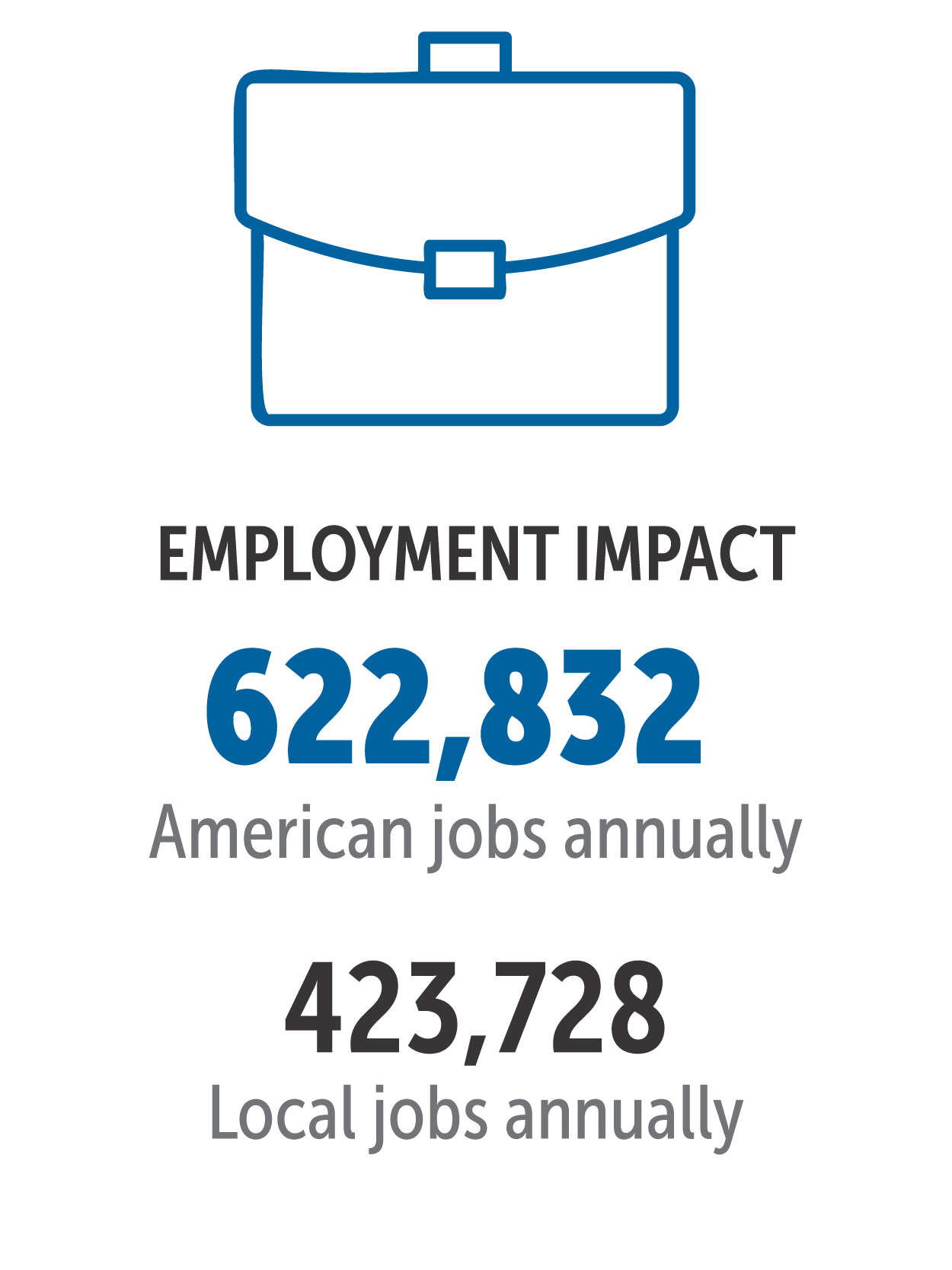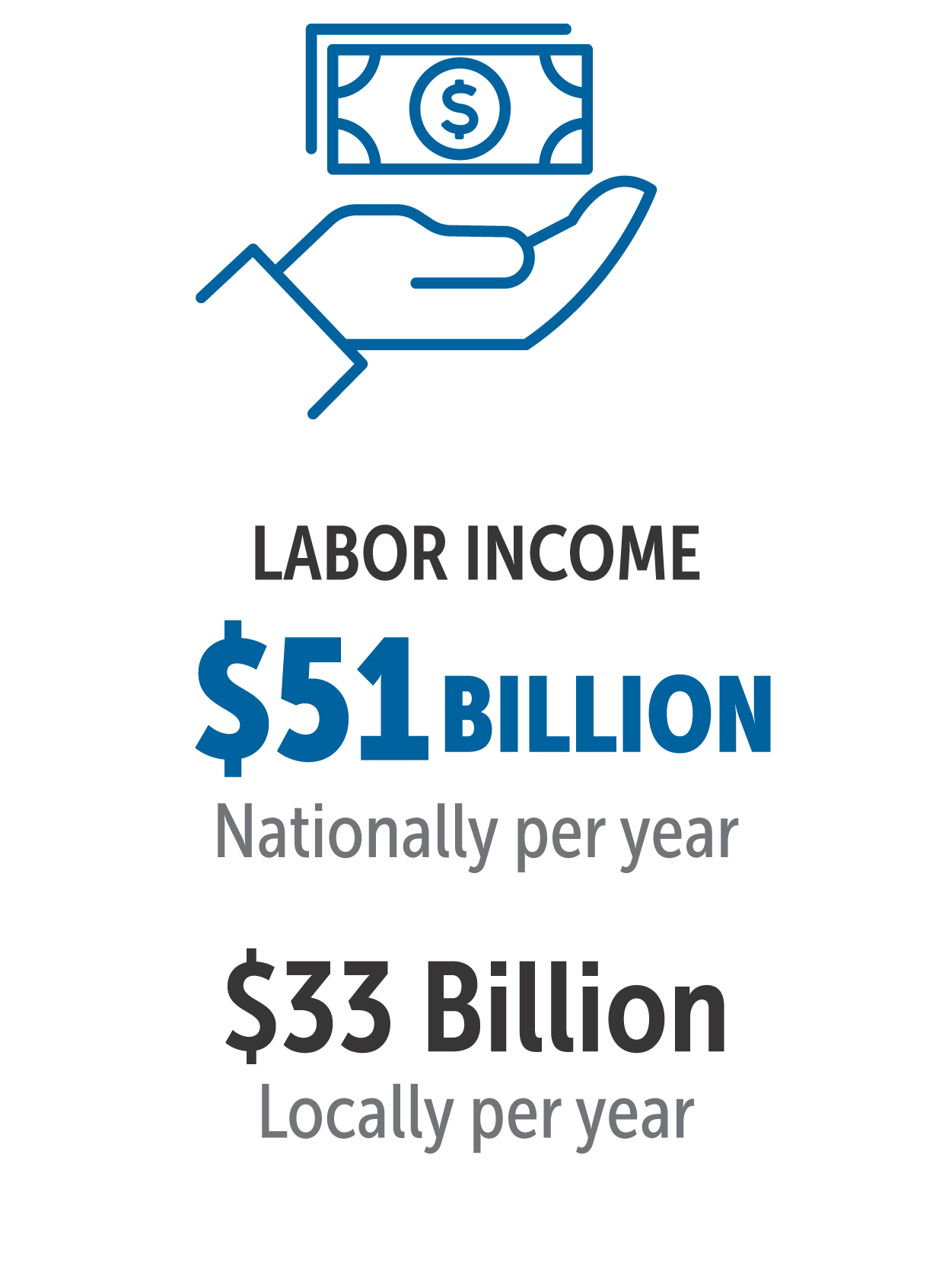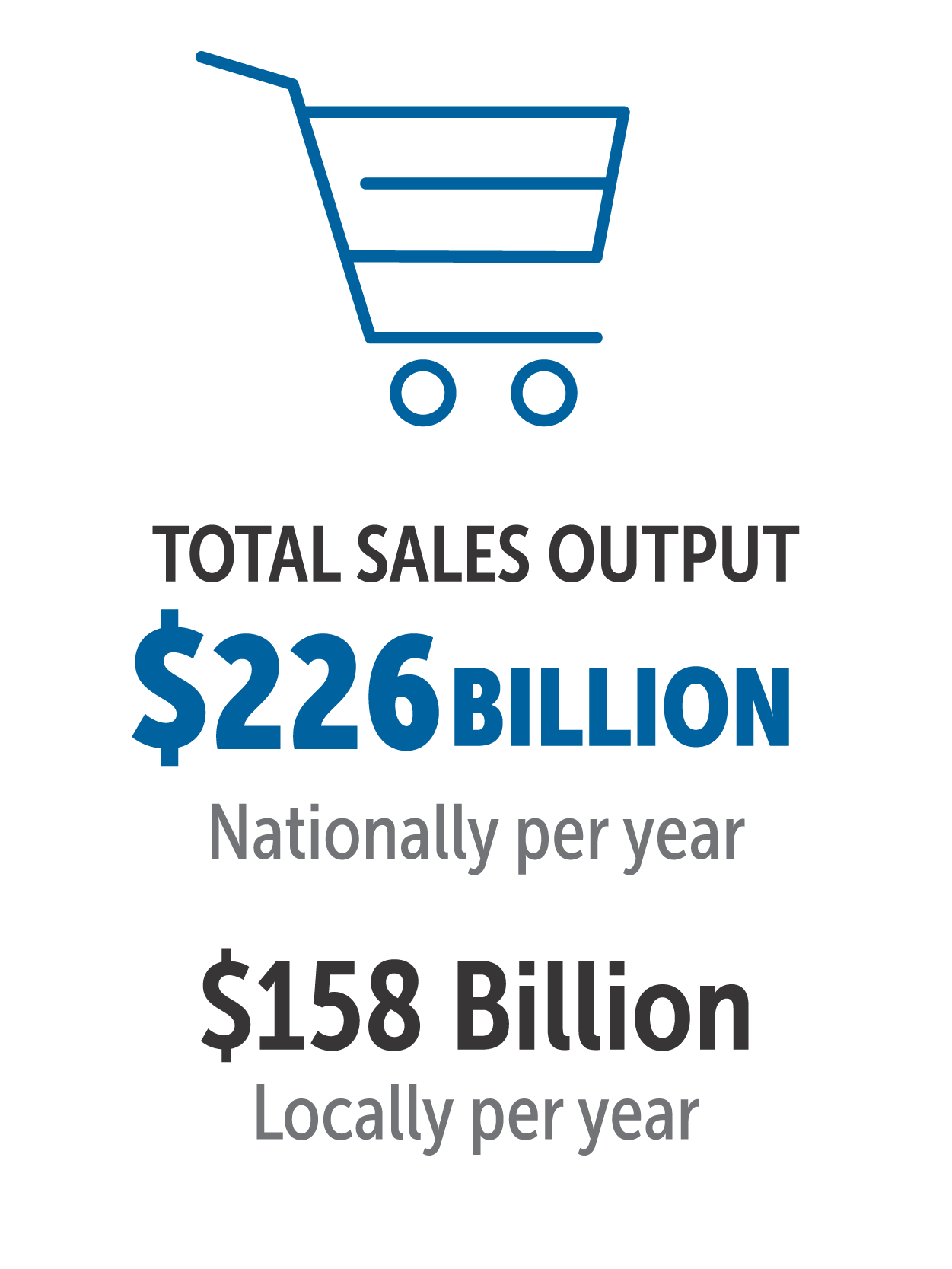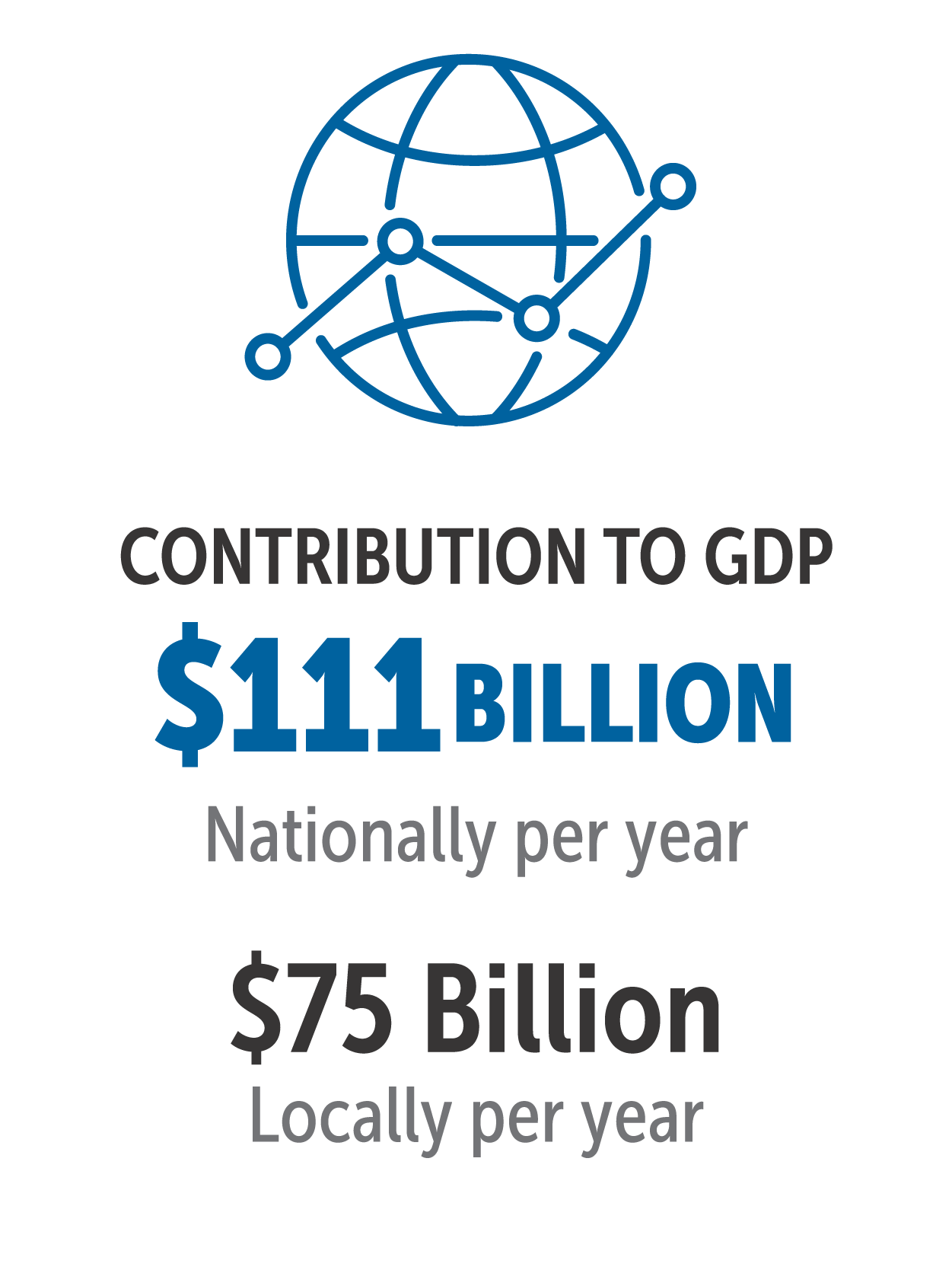Electric Co-ops are Powerful Engines of Economic Development
Co-ops contribute more than $100 billion to U.S. GDP each year
By Jim MathesonFor nearly a century, electric cooperatives have been essential to the economic vitality and overall quality of life in communities nationwide. America’s electric cooperatives made modern living in rural America possible. In the early 1930s, nearly 90% of American farms lacked electricity. By the early 1950s, more than 90% of America’s farms enjoyed the benefits of co-op provided power. Today, electric cooperatives power more than 21.5 million businesses, homes, schools and farms in 48 states.
Electric cooperatives continue to have a significant impact on the nation’s economy, contributing $554 billion to U.S. gross domestic product between 2018 and 2022 for an average of $111 billion annually, according to a recent study by Strategen Consulting commissioned by the National Rural Electric Cooperative Association (NRECA) and the National Rural Utilities Cooperative Finance Corp. (CFC). This report quantifies what many American families and businesses know well — electric cooperatives are powerful engines of economic development in their local communities.
For the same five-year period, electric cooperatives generated an average of nearly 623,000 jobs annually for Americans nationwide providing $51 billion in pay and benefits. By comparison, FedEx, the nation’s fifth largest private employer, directly employs 547,000 workers worldwide.
Since electric cooperatives serve 92% of the nation’s “persistent poverty counties,” the co-op contribution to local economies is particularly critical. Between 2018 and 2022, electric co-ops collectively returned $7 billion to their members, further benefitting the communities they serve.
Much of the economic impact can be traced to investments electric cooperatives made in the nation’s infrastructure. Between 2018 and 2022, these investments totaled nearly $409 billion nationwide, including $75 billion on capital expenses, $304 billion in operational costs and $24 billion toward maintenance activities.
These investments are also being used to enhance the reliability of the grid, hasten energy innovation and deploy renewable energy. Electric cooperatives own more than 1.6 GW of renewable capacity and have long-term power purchase agreements for another 9.8 GW. Using federal funding from the Inflation Reduction Act, as well as two sustainability bonds totaling $800 million issued by CFC since 2020, electric cooperatives are poised to expand their efforts to responsibly meet tomorrow’s energy needs.
The economic benefits of electric cooperatives underscore the ingenuity of the cooperative model: consumer-owned, community-focused non-profit organizations working to power and empower communities across the nation.
Summary of National and Local Economic Impact of Electric Cooperatives, 2018–2022




About the Author
Jim Matheson, NRECA CEO; and Andrew Don, CFC CEO-
Co-ops support economic development projects
-
Share this story:






